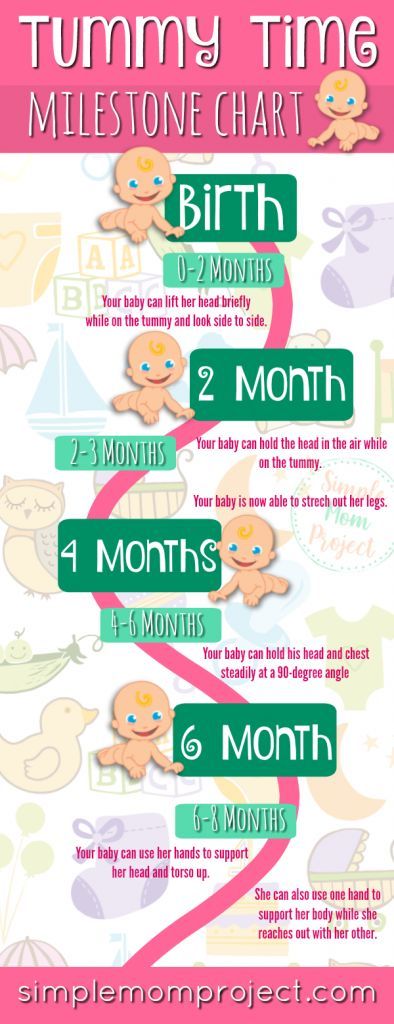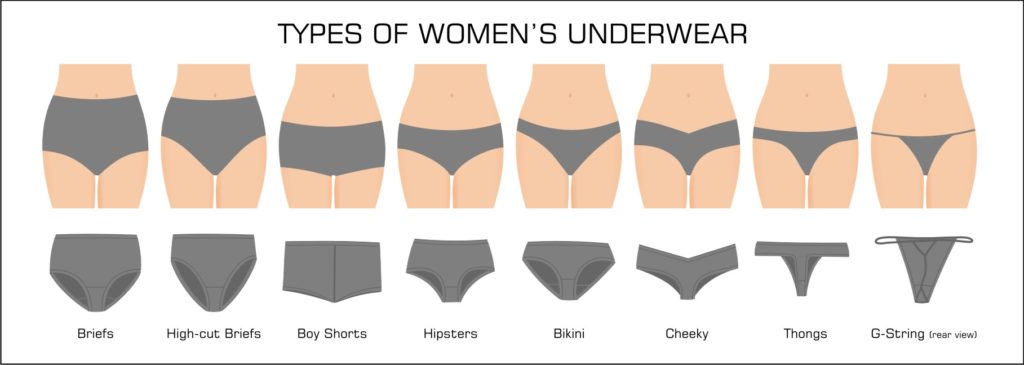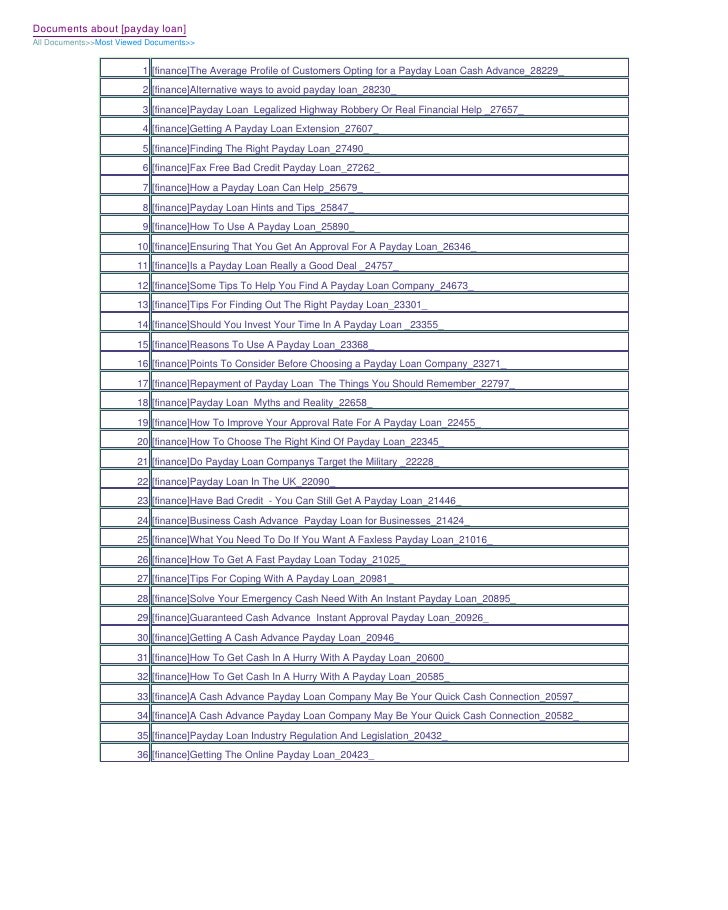When can i start doing tummy time with my baby
When to Start Tummy Time and How to Do It
Tummy time is an important and exciting time during baby’s early development— but between the fun times and big milestones, tummy time brings a lot of questions. We’re here to help breakdown tummy time for all the moms and dads out there with our guide on when to start tummy time, what to do, and other tummy time tips.
Looking for information on a specific tummy time topic? Click the links to navigate to each section.
- What is Tummy Time?
- Benefits of Tummy Time
- When To Start Tummy Time with Baby
- How To Do Tummy Time
- Floor Time
- Tummy-to-Tummy
- Lap
- Tummy-Down Carry
- Creating a Safe Space for Tummy Time
- Tummy Time Activities
- How Much Tummy Time
- What if Baby Hates Tummy Time?
- Tummy Time Milestones
- 1 Month Milestones
- 2 Month Milestones
- 3 Month Milestones
- 4 Month Milestones
- 5 Month Milestones
- 6 Month Milestones
- Beyond 6 Months— What’s Next?
- Other Tummy Time Tips
- Tummy Time Takeaways
Tummy time is a time to guide your baby to play, learn, and grow by encouraging them to spend a little time on their tummy. Incorporating 10-15 minutes per day and building up from there will help your child gain important strength and motor skills. There are many different activities parents can practice with their infant during tummy time— and as your baby becomes more comfortable, it will become a natural position for them, and help them learn to crawl, stand— and eventually walk.
Newborns spend a lot of time on their backs during their first moments of life— and when they’re not lying down, you’re likely carrying or swaddling your baby. In order to develop strength in their neck, back, and general upper body, there are many benefits of tummy time play with your little one.
Spending some time on their belly will help baby start to recognize and practice movements to get them ready to crawl, stand, and eventually walk. Prepping for these big milestones makes tummy time so important for baby’s development. Not only does tummy time help develop baby’s motor skills, it also helps to prevent creating flat spots on their head from lying down too much. After the American Academy of Pediatrics (AAP) launched their “Back to Sleep Campaign” in 1994, they cut the Sudden Infant Death Rate (SIDS) rate by nearly half. While they did initiate safe sleeping practices for babies, parents did encounter an unexpected outcome with the appearance of flat spots on infants heads when too much time was spent lying down. This discovery has made tummy time an even more important activity with many benefits for baby. Practicing tummy time with baby also introduces them to new sleeping positions when they’re ready to safely roll over during sleep.
After the American Academy of Pediatrics (AAP) launched their “Back to Sleep Campaign” in 1994, they cut the Sudden Infant Death Rate (SIDS) rate by nearly half. While they did initiate safe sleeping practices for babies, parents did encounter an unexpected outcome with the appearance of flat spots on infants heads when too much time was spent lying down. This discovery has made tummy time an even more important activity with many benefits for baby. Practicing tummy time with baby also introduces them to new sleeping positions when they’re ready to safely roll over during sleep.
Researchers at Michigan State University have found that babies who have practiced tummy time and even practiced walking motion on a baby treadmill walk about 101 days earlier than babies who don’t. Besides being an important start to baby’s motor skills development, tummy time is also a special time to connect with your little one and spend some nurturing time together.
- Build upper body strength
- Development of motor skills
- Prevent the development of flat spots on baby’s head
- Encourage timely growth
- Expose baby to new sights and textures
- Let them use hand motor skills for holding, reaching, and grabbing
- Foster a sense of independence and taste for learning
- Spending important nurturing time with baby
Now that you know the many benefits of tummy time, it’s time to jump into the details! Let’s discuss when to start tummy time, how to do tummy time, what to do if baby doesn’t like tummy time, and talk about some amazing tummy time activities.
As with many parental guidelines, there’s not really a “one-size-fits-all” timeline for when to start tummy time. Every baby and parent is different and there’s no specific “tummy time age”, so keep this in mind here and throughout baby’s milestones. The American Academy of Pediatrics says parents can start tummy time as early as their first day home from the hospital. Start practicing tummy time 2-3 times each day for about 3-5 minutes each time, and gradually increase tummy time as baby gets stronger and more comfortable. Starting tummy time early can help avoid having baby fuss about tummy time. By the time they are 3 months old, expert Dr. Cindy Gellner says your baby should be working up to about an hour of time on their tummy. Good times to practice tummy time include when baby wakes up from a nap, after a diaper change, or after bath time.
How To Do Tummy TimeThere are many different ways you can help baby practice spending time on their tummy. Tummy time doesn’t have to always mean lying down— have some fun with it and mix it up. Changing up positions, scenery and activities is important to keeping baby engaged and interested. Plus, it’s fun for parents too! Try to get both parents involved during tummy time to maximize time and make baby comfortable with tummy time with each parent. Here are some infant tummy time tips to get you started!
Tummy time doesn’t have to always mean lying down— have some fun with it and mix it up. Changing up positions, scenery and activities is important to keeping baby engaged and interested. Plus, it’s fun for parents too! Try to get both parents involved during tummy time to maximize time and make baby comfortable with tummy time with each parent. Here are some infant tummy time tips to get you started!
Setting up a space in your living room or in baby’s nursery for tummy time is an easy and natural way to get started. When you and baby are first experimenting, place a small, firm pillow supporting their tummy in a “superman” style position with their arms extended out in front of them. Be sure to interact a lot with baby during this time. It’s a new experience and can feel a little bit uncomfortable at first, so making baby feel comfortable and safe is really important to having a successful tummy time practice. If you’re doing floor time, try laying down with baby eye-to-eye.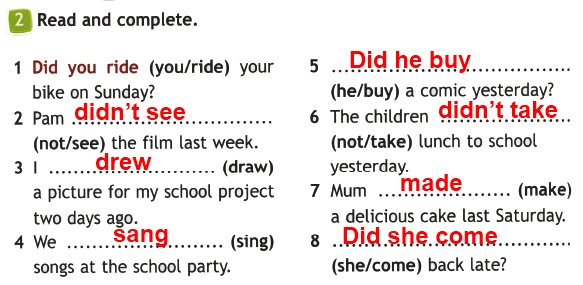 It will be helpful for baby to see your face and make them feel reassured and having fun. Our travel crib features a side access door that works perfectly for tummy time! Lay right next to baby and watch them grow with each moment.
It will be helpful for baby to see your face and make them feel reassured and having fun. Our travel crib features a side access door that works perfectly for tummy time! Lay right next to baby and watch them grow with each moment.
Another great tummy time position is the tummy-to-tummy approach. Try laying down on your back and placing baby tummy-side down on your own stomach or chest. Encourage baby to look around and build neck muscle and upper body strength by moving a toy in front of their face, or having your partner move about the room. Place a mobile above them to encourage baby to look up. Tummy time functions as a mini-workout for your baby, so make sure you mix things up and are moving around plenty to help baby develop their strength and motor skills.
LapLie baby across your lap with one knee higher than the other supporting baby’s chest, with one hand baby’s back to let them know you’re there. Gently rub baby’s back to soothe them during tummy time. You can even use some baby oil or natural lotion to make tummy time even better!
You can even use some baby oil or natural lotion to make tummy time even better!
Carrying baby upright can end up being uncomfortable for you, and baby— so practicing tummy time with a tummy-down hold is a great thing for both of you! With this technique, use one hand to support baby’s chest with your arm between the legs. Use your other hand to support baby’s head and shoulders, nestling baby close to you. This is an easy way to squeeze in some important tummy time throughout the day and on-the-go. Encourage your partner to practice this carry too so you can make sure baby is getting as much tummy time as possible!
Creating a Safe Space for Tummy TimeWhether you’re having fun with floor time, or practicing tummy time with baby on your lap, creating a safe and comfortable space for baby to play on his tummy is super important. Here are some guidelines for how you can create a safe and fun space for your baby to learn and grow with you.
- Make sure whatever surface you’re playing on is clean and free of small or dangerous objects.
- Set up a comfortable pad if you have one (if not, carpet will supply enough plush).
- Lay down a soft blanket or sheet, but make sure it doesn’t slide around too much as baby moves around.
- Line the space with pillows— this is also a great way to encourage baby to use his strength to climb over pillows when he gets to crawling, and can help baby practice rolling on their own.
- Make it fun! Set out some of baby’s favorite toys, fun things to look at like mobiles or patterns are great.
Now that you’ve got an ultra cozy space to spend your tummy time, it’s time to get to work! Let’s go over some fun tummy time activities you can practice with baby during their birth to 3 month stage, 3-6 months, and 6 months and beyond.
Birth to 3 months tummy time activitiesBuild up from 20-30 minutes (or more) during baby’s first three months to get them ready for an hour of tummy time in their third month.
- Tummy-to-Tummy time
- Eye-level smile
- Try singing a lullaby to baby during your tummy-down carry
By the end of their third month, baby should be able to spend about an hour of time throughout the day on their belly. If you’re not here yet, just be patient and keep working on it!
- Use toys to guide baby’s head to move around and build neck strength.
- Use a rolled up blanket or pillows to adjust baby’s height and encourage motor skills.
At six months, you’ll really see baby’s strength and motor skills improve. This can make tummy time an even more fun and exciting experience for both of you! Incorporating more toys and different motions will really start to take place in these months.
- Using your hands to support baby under their chest, guide baby up and down while on their belly, like a baby push-up! This will help them practice them gain strength and coordination in their hands and arms to support themselves for short periods.
 You can even practice baby push-ups in a bassinet if you’ve got a comfortable hold on baby. This can be much more comfortable for parents and a nice change from floor time.
You can even practice baby push-ups in a bassinet if you’ve got a comfortable hold on baby. This can be much more comfortable for parents and a nice change from floor time. - Practice rolling using toys to encourage baby to roll over and reach for their toys. A small, soft pillow can also be placed next to baby to support them and give them a little leverage as they start to roll.
Tummy time may vary depending on your baby’s adjustment period and your schedule— but trying for 10-15 minutes per day as they start out, work your way up to 20-30 minutes per day— eventually reaching an hour per day by the time baby is 3 months old. You and baby will feel it out together, just pay attention to those tummy time milestones and see how baby is liking tummy time. Try your best to set up a regular time for tummy time if you can, this will help baby get used to tummy time. In addition, make sure to alternate baby’s position and direction throughout playtime.
If baby is not quite comfortable with tummy time at the start, read on for tips on how to make this transition easier and more fun for both of you!
What if Baby Hates Tummy Time?Despite its importance, tummy time isn’t always as easy as setting up playtime on a soft blanket and some pillows. Not every baby will enjoy spending time on their tummy— imagine if someone adjusted your position without you expecting it! But even if baby gets fussy, it’s important to continue working on this as it’s so important in your baby’s development. If baby starts crying, try your best to let them work through it and don’t pick them up immediately. And mamas, don’t worry if this is you, it’s totally normal and common for babies to need some adjustment time. Being patient and knowing that every baby is different will help you get through these challenging moments with your little one.
If you feel like you’ve run out of ideas to help baby out during tummy time— we’re here to help! Here are a few tips to help you and baby adjust to tummy time:
Lay down with baby
Baby may be fussy because he’s nervous about being away from mom. Try getting down to baby’s eye level and making silly faces, showing them toys, or even playing a little game of peek-a-boo. Showing baby you’re there by talking and interacting with them will make the process a little easier and a lot less scary.
Try getting down to baby’s eye level and making silly faces, showing them toys, or even playing a little game of peek-a-boo. Showing baby you’re there by talking and interacting with them will make the process a little easier and a lot less scary.
Practice tummy time with a pillow or blanket
The belly-supporting pillow technique we mentioned earlier is a great way to start out, and can be super helpful if your baby isn’t really loving hanging out tummy-down. Place a soft, but firm pillow supporting baby’s chest and tummy— or use a rolled-up blanket. If you’re using a blanket, start small and increase the size of the roll as baby gets more comfortable spending more time on their belly.
Try tummy time on the bed
Sometimes baby is just not comfy on the floor. You can try practicing tummy time on a bed instead as long as baby is awake and supervised. Note that with a squishier and higher surface, you’ll need to watch baby even more carefully.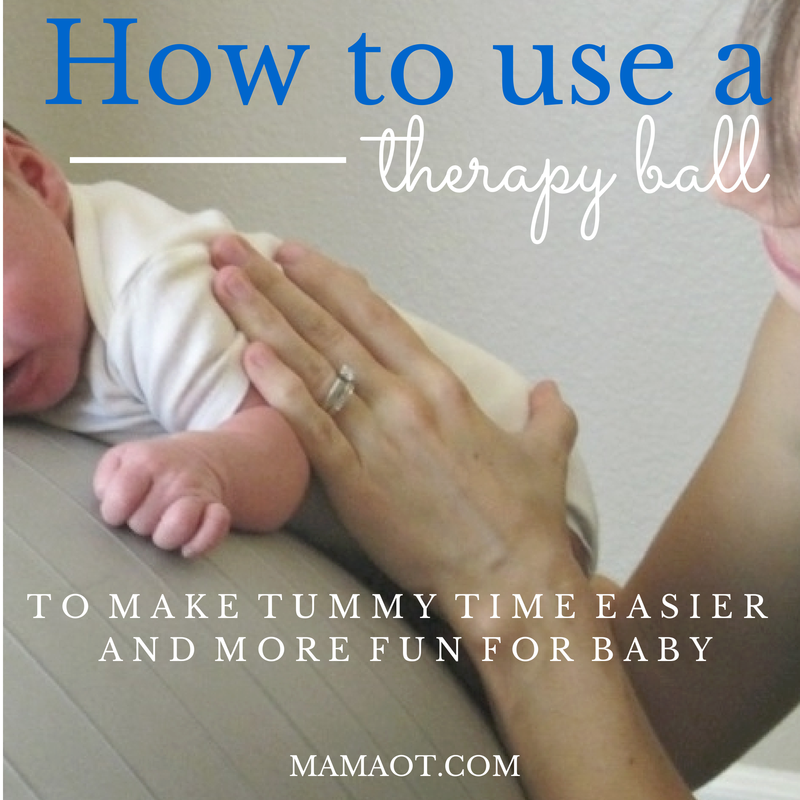
Before you go to pick baby up at the sound of their first tummy time cry, wait it out for a moment and try comforting them in other ways. Make sure they know you’re close by talking or singing to them, rubbing their back or head, and maintaining skin-to-skin contact.
Experiment with side-lying
If baby isn’t feeling this whole inverted world view thing at first, try side-lying. This is a great alternative to tummy time and can have similar benefits. Place baby on their side and use a blanket or rolled-up towel to support their side. Both hands should be in front of her, with her legs forward and knees slightly bent. Use a toy to catch baby’s attention and encourage her to turn her head.
Relax
Yes, tummy time is important to achieving baby’s developmental milestones, but if they’re just not taking to tummy time, baby (and you) shouldn’t have to be miserable. If your baby is really not feeling it, try your best for 30 minutes a day— alternating between carries and other tummy time positions. Work in other exercises to help build baby’s upper body strength like encouraging their neck to move around when you’re holding them or as they lie down. Use your parental intuition— if you think something’s up, don’t hesitate to talk to your doctor.
Work in other exercises to help build baby’s upper body strength like encouraging their neck to move around when you’re holding them or as they lie down. Use your parental intuition— if you think something’s up, don’t hesitate to talk to your doctor.
It’s amazing how much you’re seeing baby grow with each new day— and tummy time has a huge impact on baby’s physical development. This means you’ll see some serious milestones as you incorporate this practice into your daily routine. Here are some of the amazing milestones month-by-month you can expect to see as they practice and play on their tummy.
1 Month Milestones- Baby will begin to turn head during tummy time.
- Baby will start or try to lift their head up for short periods.
- They’ll start to feel comfortable with either cheek down.
- Arms will start to extend further from their body during tummy time.

- Legs will begin to alternate between straightened and bent.
- Baby will start to press their hands down to push their shoulders and chest up slightly.
- Spends about 1 minute on their tummy without fussing— with tummy sessions throughout the day.
- Starts to gain head control with increased movement.
- Can lift head between 45 and 90 degrees.
- Places elbows under or in front of their shoulders for most of tummy time.
- Baby begins to lift shoulders more easily.
- Baby lifts and holds head steady at 90 degrees.
- Uses forearms to lift upper chest.
- Lifts arms and legs from the floor and rocks— like a mini superhero.
- Starts to push up with straightened elbows.
- May start moving hands to reach for toys placed in front of them.
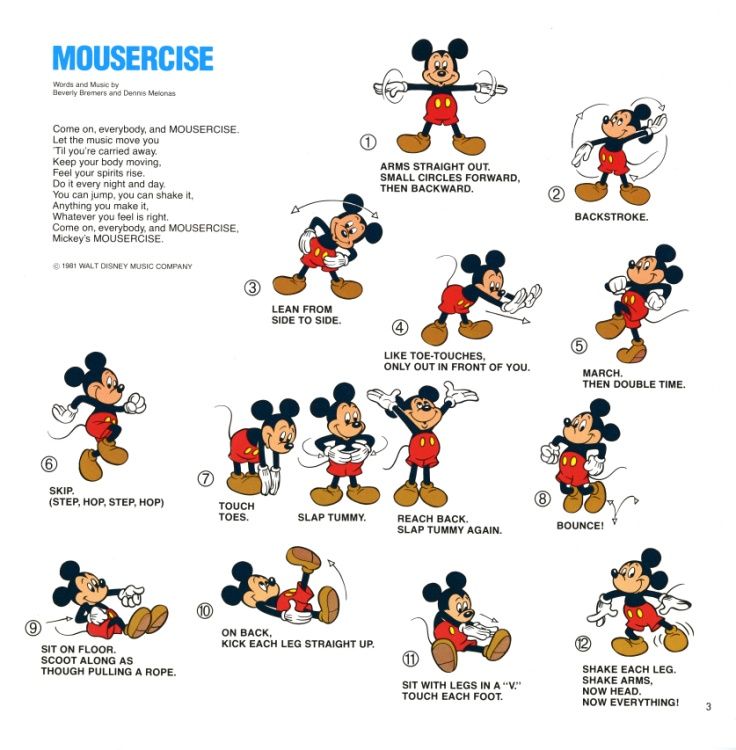
- Increased balance and stability as baby pushes up to lift their chest.
- Baby starts to pivot in a circle during tummy time— toys are key to achieving this move!
- Baby should show signs of more comfort on their belly, and may even prefer it.
- Baby rolls from back to tummy and tummy to back.
- Can reach for toys with at least one arm.
- May be able to lift past their chest when using their arms to push up.
Woah! You’ve seen so much growth and movement in these last few months— but tummy time isn’t over just yet! After about 6-7 months of tummy time, baby will likely start to prefer time on their belly, but you may still need to give them a little guidance by continuing to facilitate tummy time. Unrestricted playtime is important to helping baby learn and develop too— but if you’re seeing they still like to spend time on their back, give them a little help by alternating their positions and direction. Once they’re totally comfortable, this will become a natural path for them as they start to crawl, and walk soon!
Once they’re totally comfortable, this will become a natural path for them as they start to crawl, and walk soon!
Now that we’ve talked about why tummy time is important, gone over some tummy time techniques, and what milestones you can expect, let’s go over some other helpful tips to make the most of tummy time!
- Dress baby in slightly loose-fitting, comfy clothes that allow for plenty of movement.
- Alternate which direction you lay baby in when you place them in their crib during bed time. This can encourage them to alternate which way they look out of the crib, helping build neck strength.
- Pick up your baby often! Not only is holding your baby important to connecting with your child, it also limits the time they spend laying down.
- Always place baby on their back during sleep— only practice tummy time when baby is awake and supervised.
The most important thing to remember about tummy time (and parenting in general), is it’s a process. Not all babies or parents are the same, and that’s what makes this world so great. Enjoy these sweet moments with your baby and have fun celebrating each milestone! Have more tummy time tips? Share this post with your favorites!
Not all babies or parents are the same, and that’s what makes this world so great. Enjoy these sweet moments with your baby and have fun celebrating each milestone! Have more tummy time tips? Share this post with your favorites!
Tummy Time | When to Start Tummy Time – Happiest Baby
By Dr. Harvey Karp, MD, FAAP
Tummy Time
Tummy time is an important part of an infant's routine. In fact, recent research found that tummy time was positively linked to gross motor development, total development, plus the ability to move while prone or supine (which includes crawling and rolling). Regular tummy time also helps your little one strengthen build up her muscles and become better at moving...which helps reduce the risk of sudden infant death.
Establish Safe Sleeping Habits Before Starting Tummy Time
Routinely putting a baby to sleep on the stomach raises her risk of SIDS about four times. But SIDS risk jumps even higher (eight to 37 times!) when young babies (under 4 months) are put to sleep on the back…but accidentally roll to the stomach.
Of course, sooner or later, your baby will roll onto her stomach during sleep. So what should you do to protect her?
For at least the first 4 months, always put your baby to sleep on the back snugly swaddled with white noise playing nearby. The sound will keep her calmer (less likely to fidget and roll), and the swaddling will make it harder for her to flip over. (FYI, Happiest Baby's SNOO Smart Sleeper is the only baby bed that prevents accidental rolling, via its clip-in swaddle. It also keeps your baby calm, by intelligently providing the right level of white noise and womb-like motion to soothe fussing.)
When to Start Tummy Time
While you can begin tummy time as early as the first day you bring your baby home, by the time your baby reaches one month, it's time to begin daily exercises to help her strengthen her neck and back. That will help her develop the ability to move her face out of a blanket or mattress in case she accidentally rolls to the stomach.
The key to starting tummy time is making sure that both you and your newborn are awake and alert and you’re constantly supervising.
How to Do Tummy Time Exercises
Once or twice a day, hold your baby upright in your arms with her head resting on your shoulder and her belly against your upper chest. Allow her to practice lifting her head, as you gently support her neck and head with your hand.
Place your baby with her tummy and face down on a sheet to give her practice moving her head and getting her nose and mouth free. (Supervise her closely, and never leave her alone on her stomach.) The first few times, you may need to help by lifting her head a tiny bit and showing her how to swing her face to the side.
When your infant is 2-3 months old, place your hand under her chest during the tummy exercise to lift her a tiny bit and help her start learning how to use her arms to push up.
These exercises will teach her how to free her face by arching her back and lifting her head, in case she accidentally flips over in sleep.
How Long Should You Do Tummy Time For?
Start by doing tummy time once or twice per day for 3 to 5 minutes. As your baby gets older (and stronger!), you can ramp up the number of tummy time sessions and duration. Pretty soon your baby will be able to roll over on her own!
Final Thoughts on Tummy Time
Don’t stress if your baby hates tummy time. If you’re finding it challenging to keep your baby engaged, then take a break from tummy time exercises for a couple of days or even a week. Shortening tummy time sessions and spacing the exercises throughout the day will make it more bearable for your little one. Remember, some tummy time is better than no tummy time.
About Dr. Harvey Karp
Dr. Harvey Karp, one of America’s most trusted pediatricians, is the founder of Happiest Baby and the inventor of the groundbreaking SNOO Smart Sleeper. After years of treating patients in Los Angeles, Dr. Karp vaulted to global prominence with the release of the bestselling Happiest Baby on the Block and Happiest Toddler on the Block. His celebrated books and videos have since become standard pediatric practice, translated into more than 20 languages and have helped millions of parents. Dr. Karp’s landmark methods, including the 5 S’s for soothing babies, guide parents to understand and nurture their children and relieve stressful issues, like new-parent exhaustion, infant crying, and toddler tantrums.
His celebrated books and videos have since become standard pediatric practice, translated into more than 20 languages and have helped millions of parents. Dr. Karp’s landmark methods, including the 5 S’s for soothing babies, guide parents to understand and nurture their children and relieve stressful issues, like new-parent exhaustion, infant crying, and toddler tantrums.
View more posts tagged, behavior & development
Have questions about a Happiest Baby product? Our consultants would be happy to help! Connect with us at [email protected].
Disclaimer: The information on our site is NOT medical advice for any specific person or condition. It is only meant as general information. If you have any medical questions and concerns about your child or yourself, please contact your health provider.
How to communicate with a child during pregnancy
When expecting a baby, expectant parents often ask themselves whether it is necessary to communicate with the child while he is still in the tummy, does it make any sense at all? Our perinatal psychologist Oksana Brezhneva explains why it is necessary and how best to do it.
Why should I communicate with my baby during pregnancy?
- From about 8-10 weeks, the baby's senses are actively developing, and he is able to respond to your touch, warmth, pain, vibration. nine0008
- By 18-20 weeks, he already has character traits, and facial expressions are able to convey emotions. Brain activity develops quite actively, the baby hears and perceives what is happening in the outside world.
- By the 24th week, the vestibular apparatus is well developed and the baby is able to control his movements, take a comfortable position, express dissatisfaction and experience positive emotions.
There is no doubt! The kid, developing, feels everything and is waiting for your communication with him! nine0003
With regular communication with the child throughout the pregnancy (which proceeded as comfortably as possible for the mother, without stress and worries), emotionally healthy, calm, balanced children are born. Sometimes children themselves can ask for attention from their parents, wanting to be talked to and caressed, while becoming more active and mobile.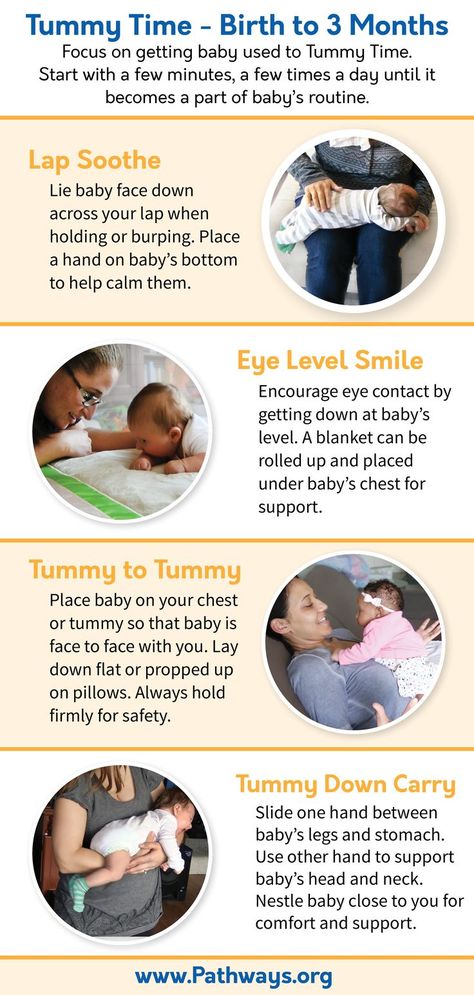 Studies confirm that children with whom their parents talked in the womb, after birth, react more actively to the voices of their parents, cry less, calm down faster, and begin to develop earlier. nine0003
Studies confirm that children with whom their parents talked in the womb, after birth, react more actively to the voices of their parents, cry less, calm down faster, and begin to develop earlier. nine0003
How to communicate with the baby?
To establish contact with the baby in the mother's tummy - observe his activity, remembering what time of the day he is more mobile. At such moments, talk with the baby, tell him about what you like, about what beauty awaits him in this World. Mom can tell what kind of dad the baby has and how he loves him and takes care of him, and dad can tell about mom, because the child hears the voices of his parents in different ways (mother's vibrations from the inside, and dad's vibrations from the outside). Conversations with the baby in the womb should be very gentle and sincere. nine0003
Choose a way to address your little one so that he knows and gets used to the fact that this is how you talk to him. It is recommended to communicate with the baby for at least 15 minutes daily.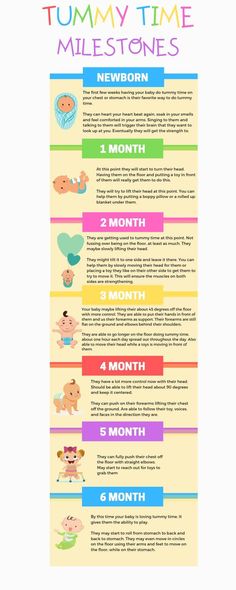 Over time, you will notice that he answers you and pushes exactly in the place where you hold your hand.
Over time, you will notice that he answers you and pushes exactly in the place where you hold your hand.
A child in the womb, constantly hearing his mother's voice, will know that she is near, that she remembers him and is always ready to tell him something affectionate and tender. Such communication allows you to establish an emotional connection with the child during pregnancy and contributes to a better contact of parents (especially mothers) with the baby after he is born. nine0003
Show your child that he is long-awaited and dearly loved by both parents, because the baby feels and hears everything while still in his mother's tummy! And remember, it's never too late to start talking to your child!
Perinatal psychologist Oksana Sergeevna Brezhneva receives in two branches of the Health Territory - on the Oktyabrsky field and on Tulskaya.
Why is tummy time so important for your newborn baby?
HomeHealthWhy is tummy time so important for your newborn baby? nine0003
When a newborn baby lies on its back, it is natural and habitual for parents.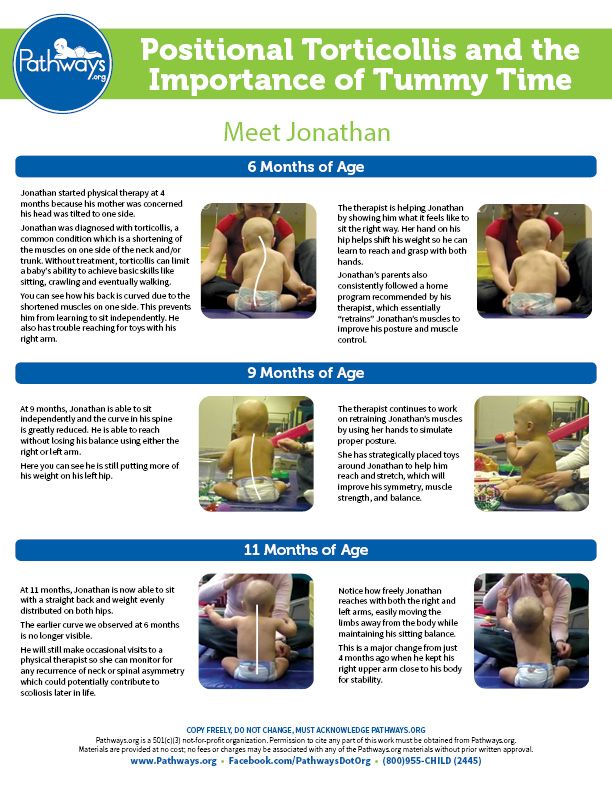 When it comes to accustoming a child to the stomach, mothers have reasonable fears - the baby still does not hold his head and has poor control over his body, it seems to his mother that he will be uncomfortable on his stomach. But these are useless fears - pediatricians say that laying a child on his stomach is useful and important: in this position, the child develops motor skills better and learns to hold his head faster. nine0003
When it comes to accustoming a child to the stomach, mothers have reasonable fears - the baby still does not hold his head and has poor control over his body, it seems to his mother that he will be uncomfortable on his stomach. But these are useless fears - pediatricians say that laying a child on his stomach is useful and important: in this position, the child develops motor skills better and learns to hold his head faster. nine0003
At the advertiser's address, in Health · 08 Apr. 2022, 01:00 · 0 Comments
Why is tummy time so important for your newborn baby? For a long time it was believed that you should not put the baby on the stomach until the umbilical wound closes. Modern pediatrics has revised its approach to child development. Neonatologists advise parents to start laying their baby on their stomach from the first day of life. Most babies tolerate this position very well, and it does not harm the navel. nine0003
Modern pediatrics has revised its approach to child development. Neonatologists advise parents to start laying their baby on their stomach from the first day of life. Most babies tolerate this position very well, and it does not harm the navel. nine0003
Some children do not like to lie in this position, then parents have to teach their babies. This must be done because the position on the tummy is very beneficial for the newborn. You will have to overcome the child's anxiety, his mood and even tears, and in no case should you retreat. Help your baby grow strong, mobile and healthy.
Why is it necessary to lay the baby on the stomach?
A month old baby who is used to lying on his tummy, the world around him seems wider and more interesting. Exercise also has a positive effect on the physical condition of the child. Let's mark all the useful points:
-
Lying on his stomach, the child trains the muscles of the neck in order to quickly and easily learn to hold his head.
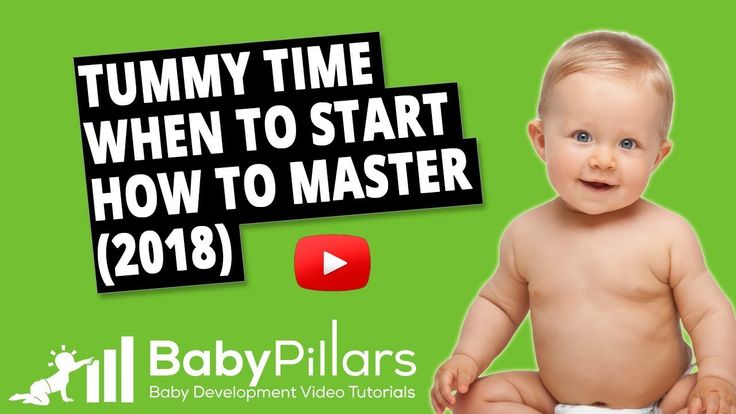 Other muscles of the body are also tensed, the shoulder girdle, arms and abs are strengthened. Getting used to leaning on his hands, the newborn is preparing to crawl
Other muscles of the body are also tensed, the shoulder girdle, arms and abs are strengthened. Getting used to leaning on his hands, the newborn is preparing to crawl -
When the baby lies on his stomach, he increases the angle of view, sees his hands, notices toys and develops a grasping reflex. At the same time, the mental abilities of the child are stimulated
nine0008 -
The bones of the moon child's skull are soft and may flatten from prolonged lying on the back. To prevent the baby's head from looking flat, lay it on the stomach more often.
-
Strengthening the neck muscles helps to avoid torticollis in the newborn. Having laid the child on his stomach, approach him from different sides so that he tries to return to you.
-
Being on the stomach, the child massages the stomach and trains the abdominal muscles, thereby improving metabolism.
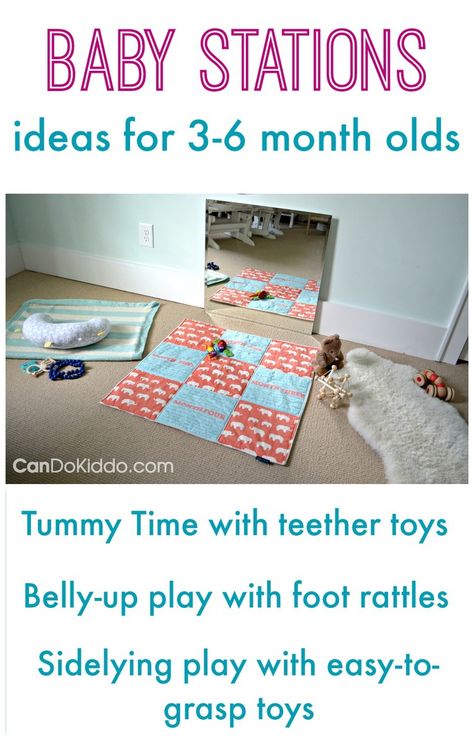 Gas is expelled more easily and the risk of colic is reduced. The formation of an umbilical hernia is prevented. nine0003
Gas is expelled more easily and the risk of colic is reduced. The formation of an umbilical hernia is prevented. nine0003
Rules for performing exercises for children
You cannot just take and turn the baby on his stomach, several conditions must be observed. Since the position is new for a vulnerable baby, mommy must do everything correctly and accurately. Follow the following rules:
-
Place the child on a firm and level surface. Use a regular or changing table for this. You can cover the floor with a sheet or blanket and put the child on it, as long as there are no drafts and the floor is warm. A rigid support will help the child develop motor skills
-
Do not give him or her any food before putting the baby on his stomach. This position can cause regurgitation, and after feeding, babies want to sleep rather than exercise.
 For example, you know that after 30 minutes it is time for your baby to eat infant formula, then this period is the optimal time to put him on his tummy.
For example, you know that after 30 minutes it is time for your baby to eat infant formula, then this period is the optimal time to put him on his tummy. -
Be sure to be close to the newborn. Do not let the baby bury his nose in a blanket or pillow, remove them. Watch his position, do not leave him unattended even for a minute - this is especially important at the age of 2-3 months, when the child actively rolls over
-
Pediatricians recommend putting the baby on the tummy naked. Check how many degrees in the room where your baby is, so as not to catch a cold
Since the pose involves muscle training, never lay the baby out after meals or before bed. Exercise is performed only when the child is awake.
How to teach a child to lie on his tummy?
If your little one does not like to lie on his tummy, is naughty and resists, try to teach him to do this.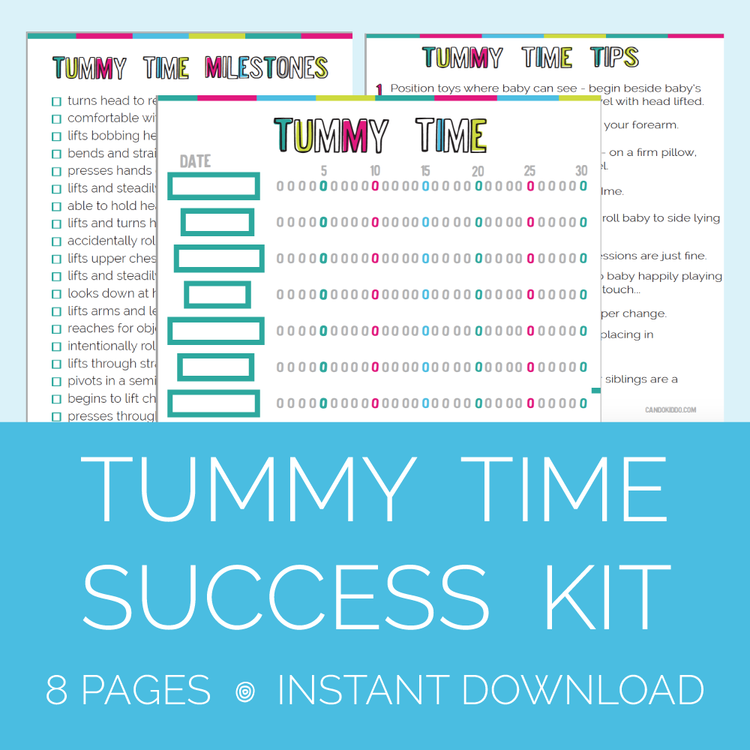 Remember that this position is necessary for the child to develop properly. Be patient, act consistently, with an understanding of what you want to achieve. Try doing it like this:
Remember that this position is necessary for the child to develop properly. Be patient, act consistently, with an understanding of what you want to achieve. Try doing it like this:
-
Lay the baby out for a very short time, no more than 10 seconds. The main thing is that during this time the mood of the baby does not deteriorate, and he feels comfortable.
-
Do the first exercises on the stomach: this is familiar to the baby, and this position will not make him feel insecure.
-
Gradually increase the time of lying on your stomach, but be sure to watch for when the baby begins to worry and let you know that he is tired of lying like that. nine0003
-
Turn exercise into a daily, obligatory ritual. Do it at a certain time so that the baby is ready for it.

-
Complement lying on your stomach with pleasant treatments: massage and stroking. The attention of the baby will switch, and he will happily accept the new position.
-
Manage the habituation process without coercion. Do not insist if the baby is naughty - just try every day and little by little, perhaps he will like it soon. nine0003
-
Choose the right time to practice. A lethargic, hungry or sleepy baby is unlikely to be happy to do what bothers him.
-
To reduce discomfort, engage the child's attention with auditory and visual stimuli. Bright toys and squeakers are suitable for this.
-
Change the texture and color of the surface the baby will sit on. Little tricks will help distract the child and improve his tactile skills.
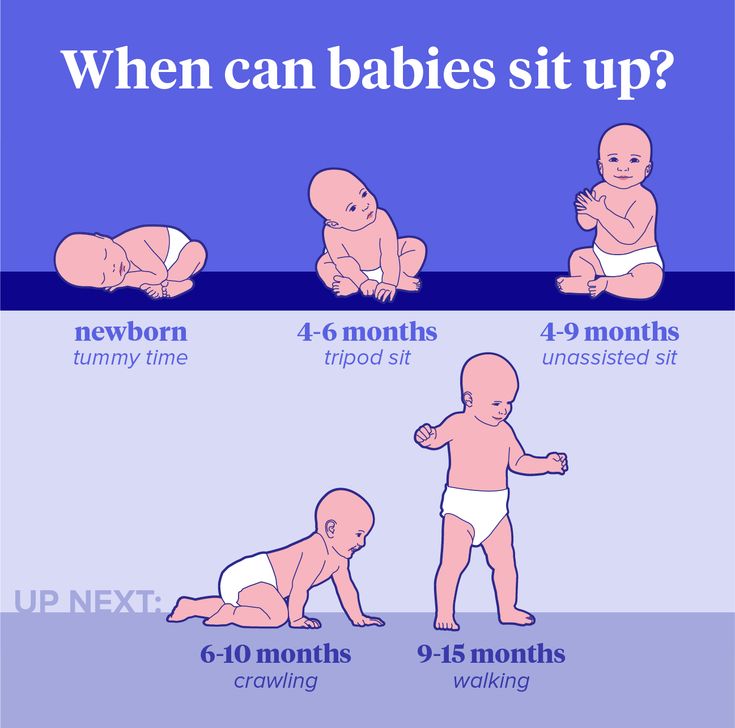 nine0003
nine0003
Gradually your baby will like to lie on his tummy. If mom and dad make an effort, then very soon the baby will delight them with their successes.
The "lying on the tummy" position brings maximum benefits
If all your efforts do not lead to positive results, the baby continues to resist and does not want to lie on the tummy, offer him other options.
Regular activities with your child will lead you to success - especially since at a certain age, children themselves begin to like not only to lie down, but also to sleep on their stomachs. The once unloved position turns into the most convenient and comfortable. nine0003
In the first days and weeks after birth, the baby moves very little. The main postures are lying on your back or on your side, with your legs tucked up to your stomach. Young mothers are very afraid of injuring the child. To prevent this from happening, it is important to follow the recommendations of doctors.
Pediatricians recommend that parents do "tummy games" 2-3 times a day for 3-5 minutes each time. In early childhood, lying on the tummy can last only a few minutes until the child gets tired.
When the child shows interest in tummy time, increase the time and frequency of exercise. After 3-4 months, try lying on your tummy for about 20 minutes a day. If your baby is happy and alert, let him stay on his tummy for as long as he likes - 40 to 60 minutes a day. nine0003
Being on your tummy is a very important activity, try to make the most of this time. Make these moments fun and bright for your newborn, try to make him feel comfortable, distract and entertain him. The more your baby will lie on his tummy, the faster he will learn to control his body and begin to surprise with new successes.
Disclaimer:
The opinions expressed on this page are those of the author and not of The Portugal News. nine0003
More in Health
Oncosexuality and ovarian cancer
On site Health, Lifestyle - Dec 16 2022, 08:01
New cancer treatments
On site Health, Lifestyle - Dec 11 2022, 13:01
nine0034What does drinking really do to your body?
On the Health website - Dec 09 2022, 19:01
Support "The Portugal News"
We are proud to provide our readers from around the world with independent, honest and unbiased news for free – both online and in print.
Our dedicated team supports the local community, foreign residents and visitors of all nationalities through our newspaper, website, social media and our newsletter. nine0003
We appreciate that not everyone can afford to pay for our services but if you are able to, we ask you to support The Portugal News by making a contribution – no matter how small .
Be the first to comment on this article
More in Health
Oncosexuality and ovarian cancer
On site Health, Lifestyle - Dec 16 2022, 08:01 nine0003
New cancer treatments
On site Health, Lifestyle - Dec 11 2022, 13:01
What does drinking really do to your body?
On the Health website - Dec 09 2022, 19:01
Popular
Closing the bridge club
Online Community, Algarve - Dec 17 2022, 10:01
Immigrants protest SEF
On site News, Portugal - Dec 17 2022, 09:04
Nuclear fusion: IN and OUT
On site Opinion, Environment - Dec 17 2022, 09:01
Other articles Health
Take care of your brain
On site Health, Lifestyle - Dec 09 2022, 10:01
Do you drink too much water?
On site Health, Lifestyle - Dec 02 2022, 15:01 nine0003
Ladies, spoil your heart.
